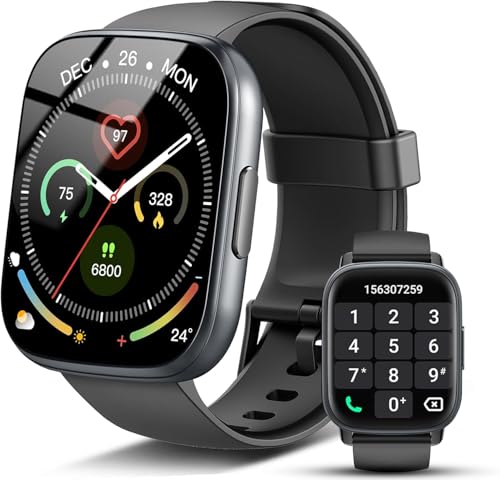Automatic vs Manual Watches: Understanding the Key Differences
When it comes to choosing a watch, one of the first considerations is the movement, or the mechanism that powers the watch. Two popular options are automatic and manual watches. While both types serve the purpose of telling time, there are key differences between them that can impact their performance, maintenance, and overall user experience. In this article, we will delve into the distinctions between automatic and manual watches, helping you make an informed decision when it comes time to purchase your next timepiece.
How They Work: Automatic Watches
Automatic watches, also known as self-winding watches, rely on the natural motion of the wearer’s wrist to stay wound and keep time. These watches feature a small metal weight called a rotor, which is connected to the watch’s mainspring. As the wearer moves their wrist, the rotor spins, transferring energy to the mainspring and winding it up. This continuous winding ensures that the watch remains powered and accurate.
How They Work: Manual Watches
Unlike automatic watches, manual watches require the wearer to manually wind the mainspring to keep the watch running. This is typically done by turning the crown, which is located on the side of the watch. When the crown is rotated, it winds the mainspring, storing energy that powers the watch’s movement. In manual watches, the wearer must remember to wind the watch regularly to ensure accurate timekeeping.
Maintenance: Automatic vs Manual Watches
One of the main differences between automatic and manual watches is their maintenance requirements. Automatic watches tend to be more low-maintenance, as they self-wind with the motion of the wearer’s wrist. This means that as long as the watch is worn regularly, it should stay powered and accurate. However, if an automatic watch is not worn for an extended period, it may stop running and need to be manually wound or reset.
On the other hand, manual watches require more frequent attention. The wearer must remember to wind the watch regularly to keep it running. If a manual watch is not wound, it will stop keeping time. Additionally, manual watches may need occasional servicing to ensure they are properly cleaned, lubricated, and adjusted.
Durability and Longevity
Both automatic and manual watches can be highly durable and long-lasting, with proper care and maintenance. However, there are some inherent differences that may affect their durability and longevity.
Due to their self-winding nature, automatic watches tend to have more moving parts, which can introduce additional points of potential mechanical failure. This means that regular servicing may be necessary to maintain their performance and accuracy. However, with proper care, many automatic watches can last for decades or even generations.
Manual watches, on the other hand, have a simpler mechanism with fewer moving parts. This can make them more robust and less prone to mechanical failure. As long as a manual watch is regularly wound and properly maintained, it can also provide reliable timekeeping for many years.
Personal Preference and Style
When it comes to choosing between an automatic and manual watch, personal preference and style are important factors to consider. Some individuals appreciate the craftsmanship and tradition associated with manual watches, as they require the wearer to interact with the watch regularly. Manual watches can also have a sleeker and slimmer profile, as they do not require the additional space for the automatic winding mechanism.
On the other hand, automatic watches offer convenience and ease of use. They are ideal for individuals who prefer a watch that stays powered as long as it is worn regularly. Additionally, automatic watches often have a distinct rotor visible through a transparent caseback, showcasing the intricate mechanical movement and adding to the overall aesthetic appeal.
Ultimately, the choice between an automatic and manual watch depends on personal preference, lifestyle, and desired functionality. Both types have their own unique appeal, and choosing the right one can enhance the overall enjoyment of wearing a fine timepiece.






